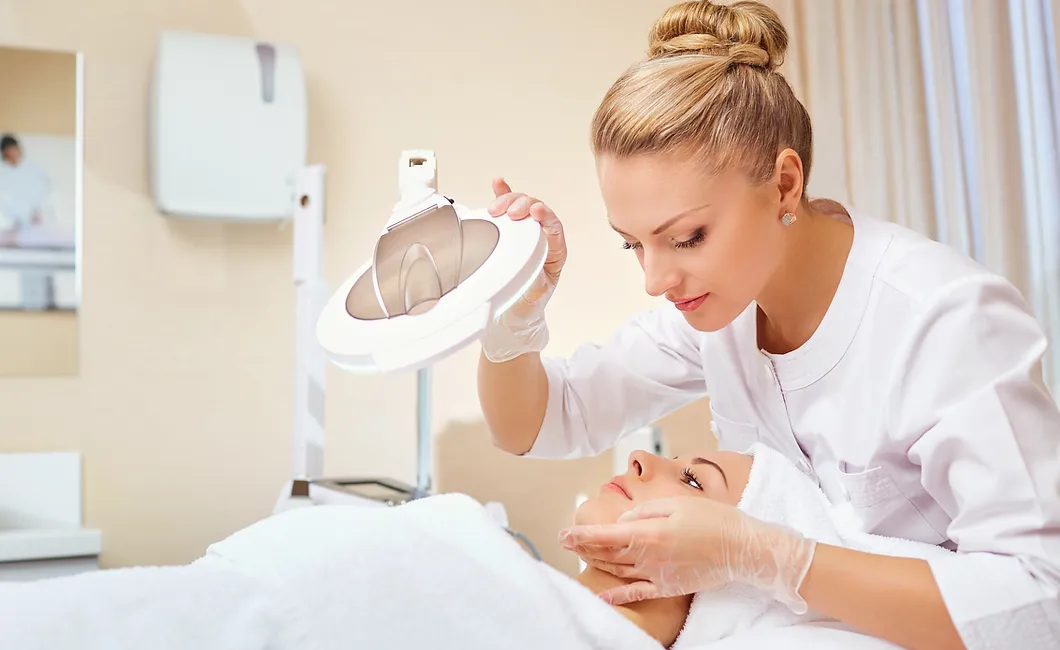Skin biopsies

Skin biopsies
Skin biopsies are procedures used to remove a sample of skin tissue for examination and diagnosis of various skin conditions, including skin cancers, inflammatory disorders, and infectious diseases. In dentistry, skin biopsies are used to diagnose oral lesions, ulcers, and other conditions affecting the mouth and surrounding skin.
Types of skin biopsies:
- Punch biopsy: A circular instrument (punch) is used to remove a small, cylindrical sample of skin (usually 2-4 mm in diameter).
- Shave biopsy: A razor or scalpel is used to shave off the top layer of skin, removing the affected area.
- Excision biopsy: The entire lesion or affected area is removed, along with a small margin of surrounding tissue.
Indications for skin biopsies in dentistry:
- Oral lesions or ulcers that do not heal
- Suspicion of oral cancer or precancerous changes
- Unusual or persistent skin changes in the mouth or surrounding area
- Diagnosis of skin conditions affecting the mouth (e.g., lichen planus, pemphigus)
- Monitoring of skin grafts or transplants
The procedure is usually performed under local anesthesia, and the sample is sent to a laboratory for examination by a pathologist. The results help dentists and oral surgeons diagnose and develop appropriate treatment plans for various skin conditions affecting the mouth and surrounding area.
No Doctors

